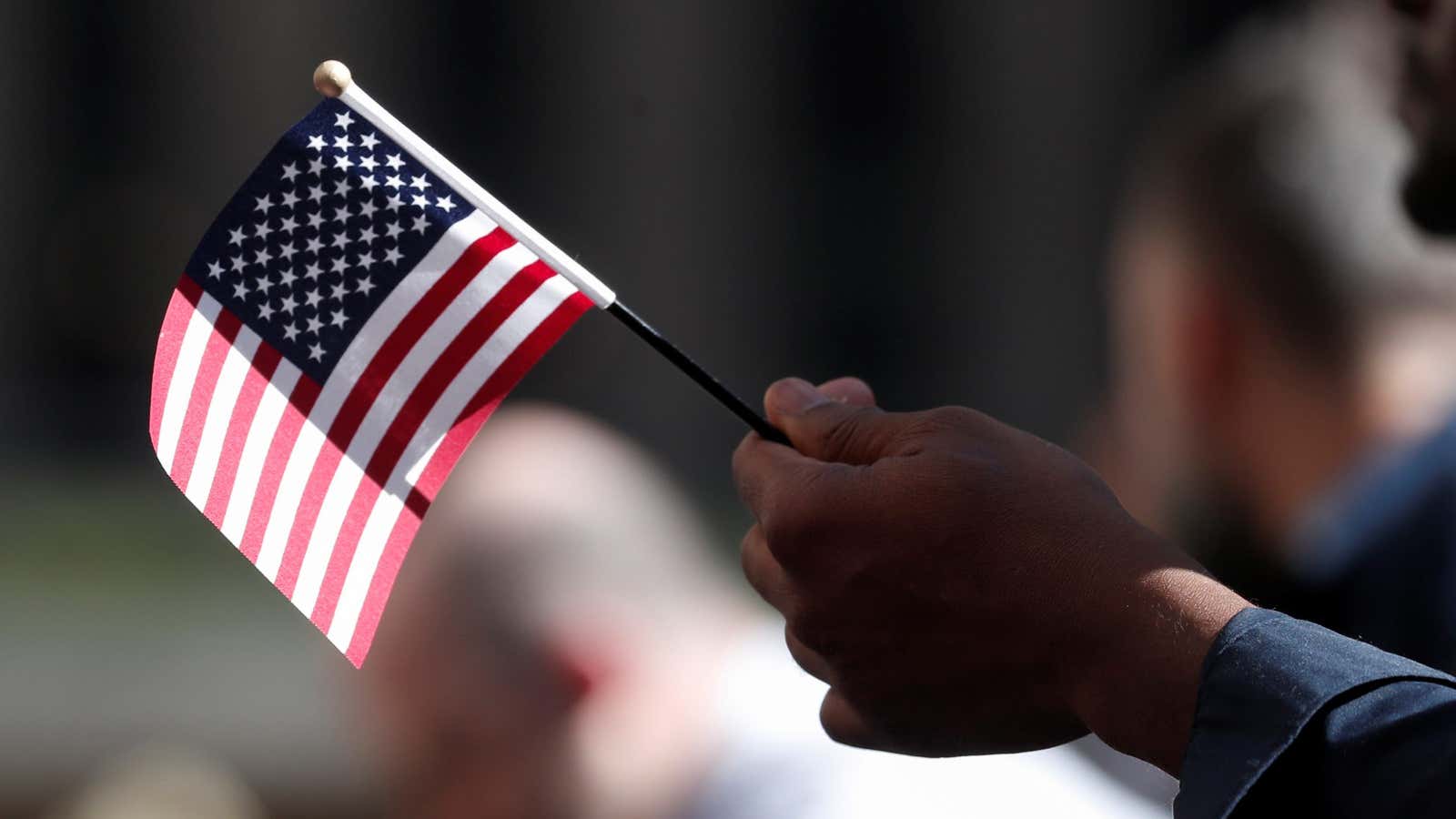Navigating customs and immigration processes can be stressful at the best of times. Enter a global pandemic, and it can be hard to know which is the best course of action.
For example, what should you do if you’re in the US and at risk of overstaying your visa? Doing so can come at a cost: In the worst case scenario, visa overstayers may be prevented from entering the US again, or forbidden from applying for another kind of visa in the future. In general, if you have overstayed for between 180 and 365 days, then you may find yourself barred from the country for three years if you attempt to return. If your unlawful presence exceeds a year, you may be barred for a decade.
Given the circumstances, however, it’s hardly practical to try to book yourself onto the next flight home. Instead, US Citizenship and Immigration Services (USCIS) have laid out a set of guidelines for those caught out by the pandemic and stuck in the US. For more complicated cases, it may be worthwhile consulting with an immigration lawyer, who should be able to give more detailed advice.
Apply for an extension
If you intend to remain in the US, and hope to apply for another visa (known as a Change of Status, or COS) or to extend your current one (Extension of Status, or EOS), proceed as normal. USCIS is still accepting and processing applications and petitions, many of which can be filed online.
Generally, providing these are filed before the visa is due to expire, “nonimmigrants generally do not accrue unlawful presence” while their application is processed, the agency said in a statement. But even if you haven’t managed to file on time, there’s no need to panic: USCIS says it would consider delays caused by the pandemic “when deciding whether to excuse delays in filing documents based on extraordinary circumstances.” (You do however need to submit “credible evidence” to support the request and explain why it is late.)
The 60-day rule
If you’ve had the misfortune of being laid off or terminated, you have 60 days from when your employment ends to find another job or to leave the country. This rule predates the crisis, and applies to nonimmigrant workers holding E-1, E-2, E-3, H-1B, H-1B1, L-1, O-1, and TN visas. You cannot work during the 60 days, though you can use the time to find a new employer, who may be able to file for a visa extension on your behalf.
If your visa has simply come to an end, however, the grace period is far shorter: Ordinarily, visa-holders have 10 days to get their affairs in order and leave the country. USCIS hasn’t indicated any flexibility on that tight window, despite the circumstances. If you haven’t been able to leave, and are now coming to the end of your visa, it may be worthwhile contacting an immigration lawyer or the USCIS Contact Center.
Visa Waiver entrants
The US Visa Waiver Program allows visitors from 39 countries to travel to the US for tourism or business for a maximum of 90 days, on what sometimes known as an ESTA (Electronic System for Travel Authorization). Because this is not technically a visa, ESTA-holders aren’t eligible to change their status or, usually, extend their stay.
Fortunately, there are regulations in place for travelers in situations such as these. If an emergency such as Covid-19 prevents an ESTA-holder from leaving the country, USCIS may give them an additional 30 days to leave the country, at its discretion. On top of that, if you’re already well into that 30-day period and still unable to leave, “USCIS has the authority to temporarily provide an additional 30-day period of satisfactory departure.” In either case, you should call the USCIS Contact Center.
